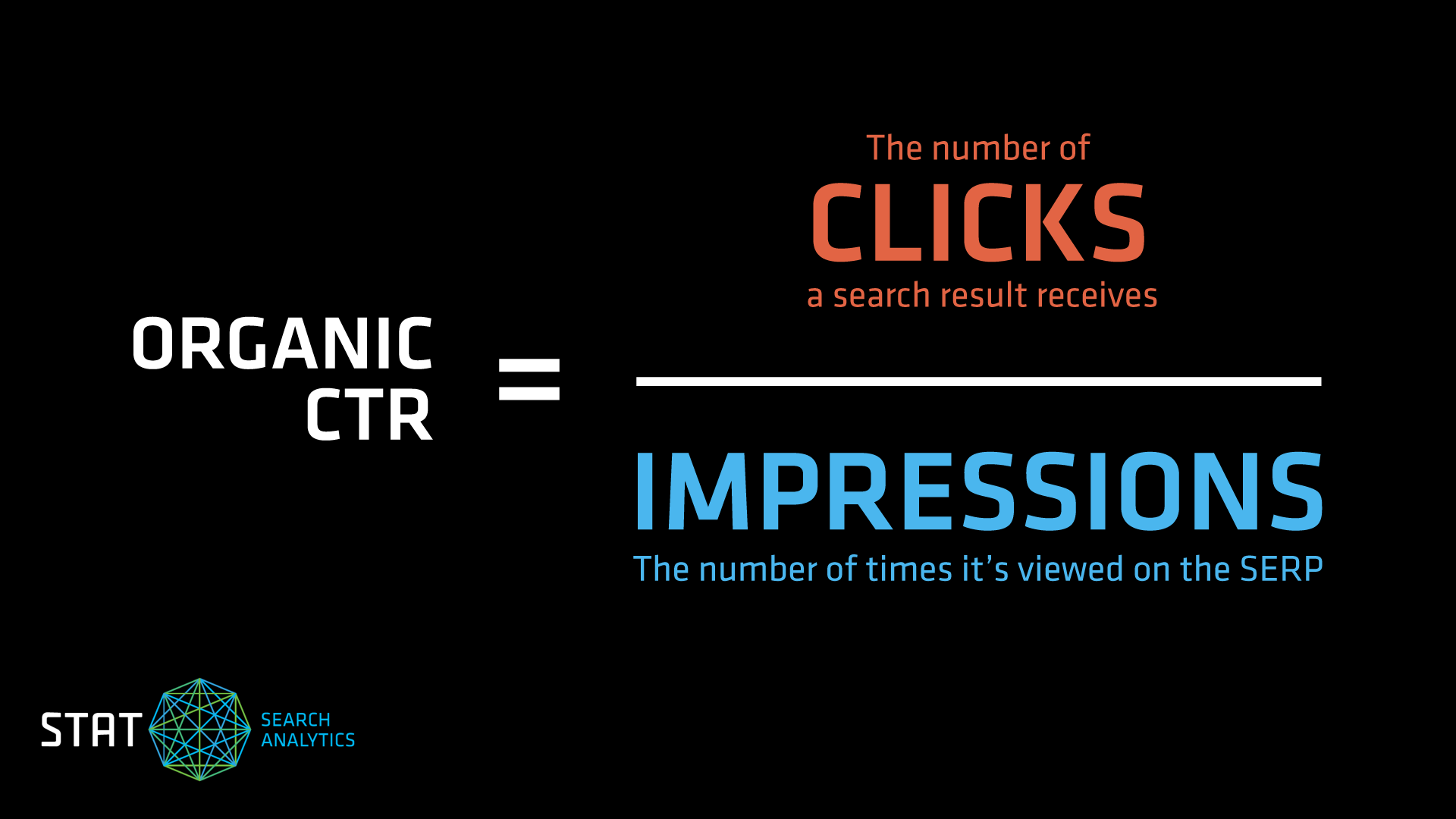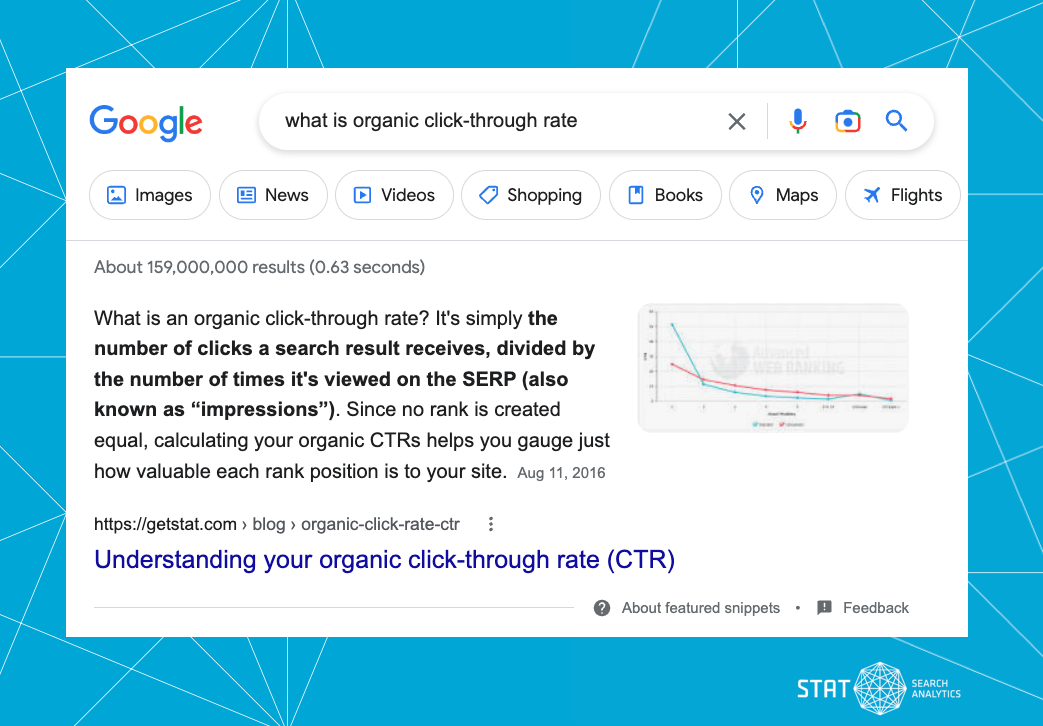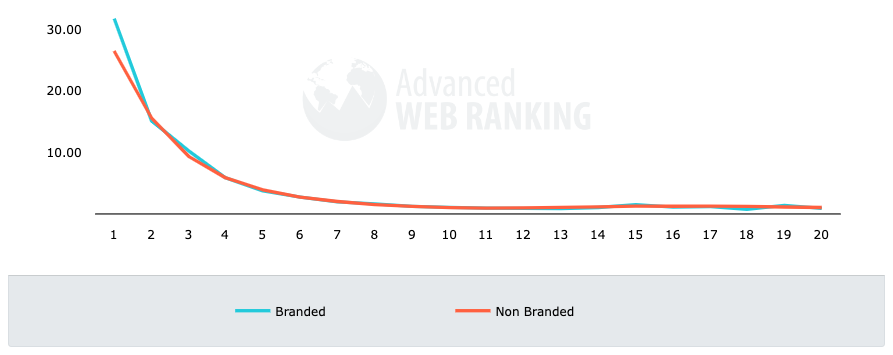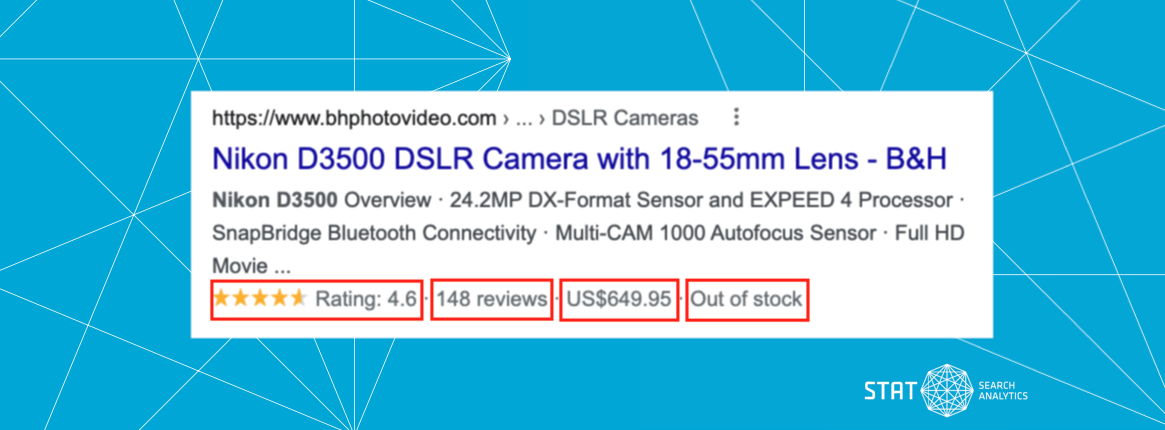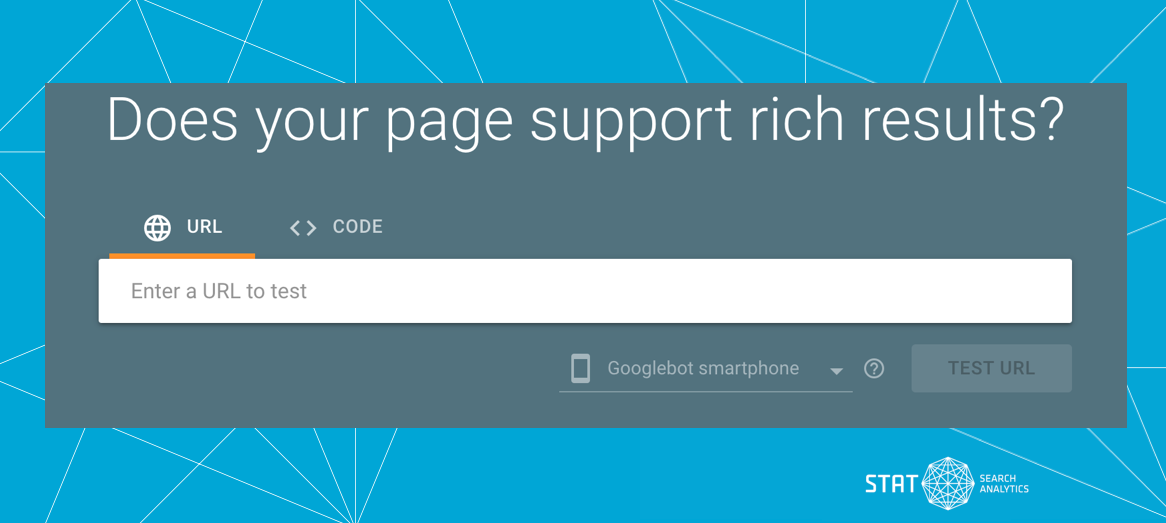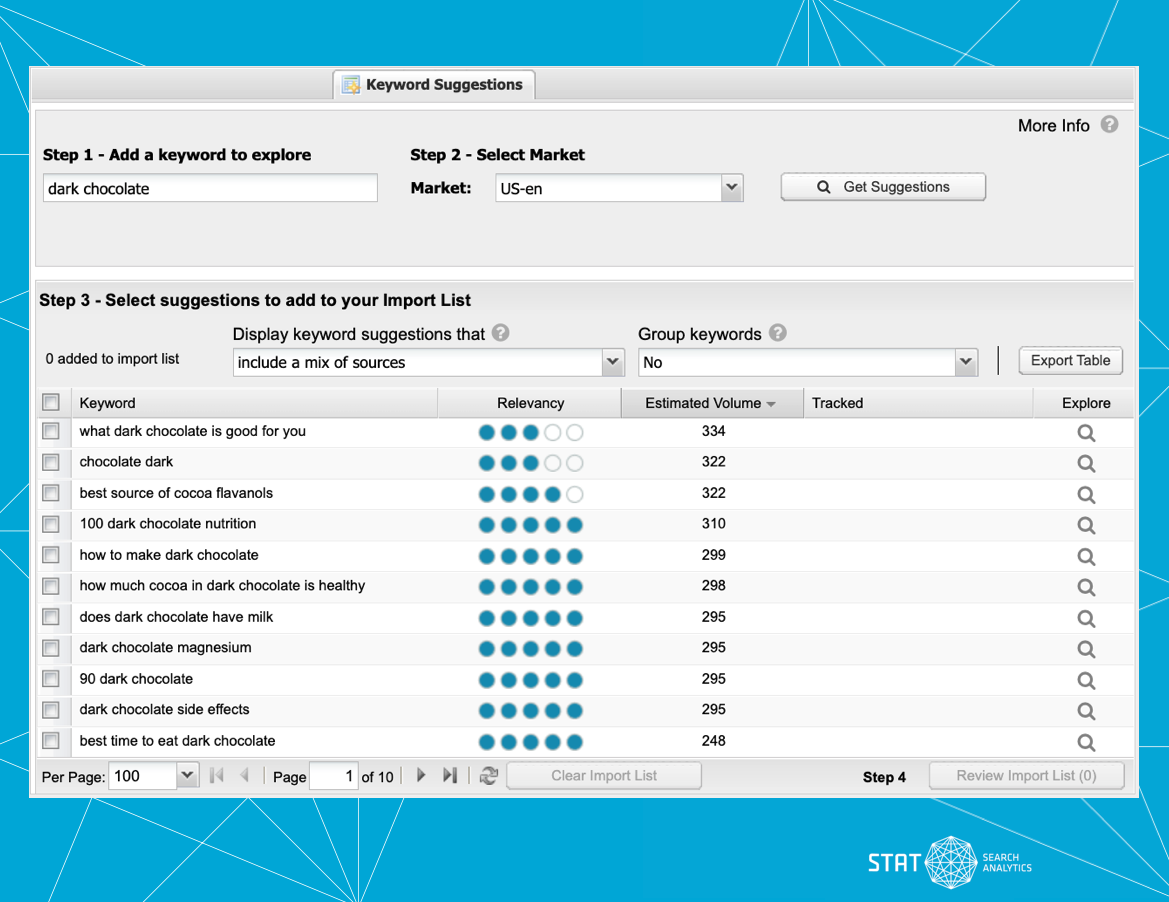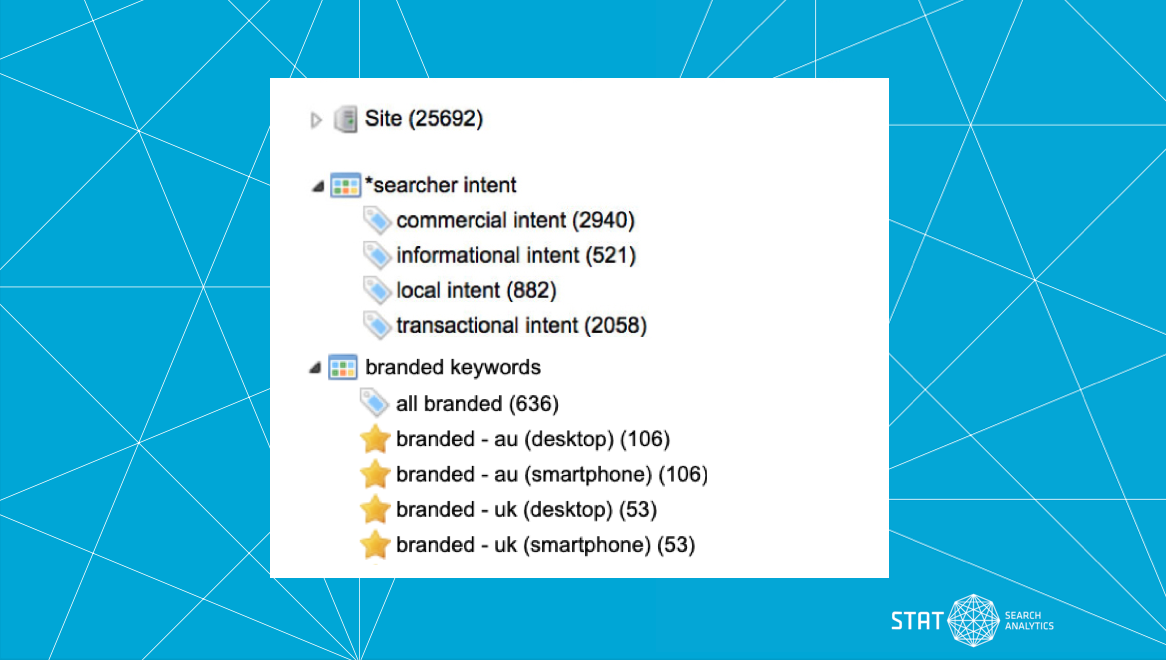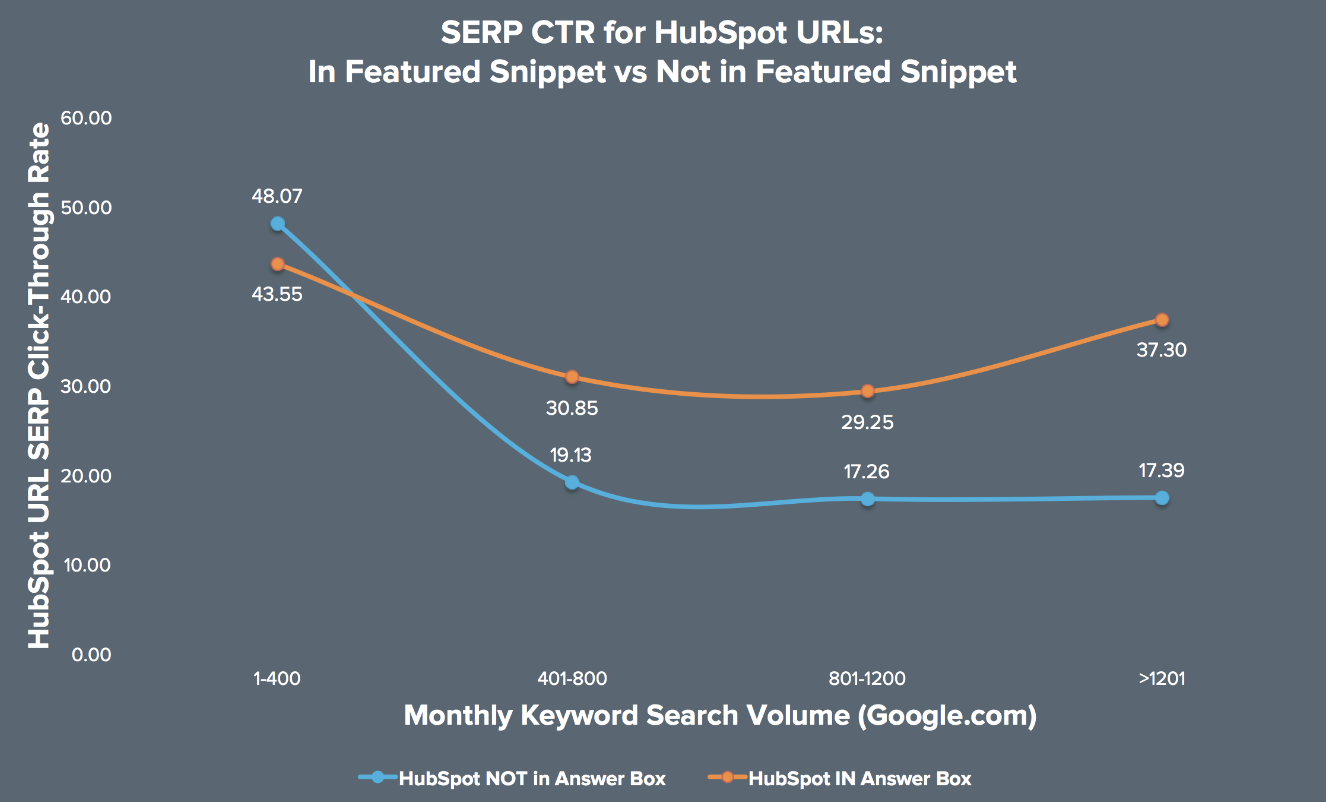We’re taking on organic CTR — a fickle but useful SEO beasty — so that you can better test, measure, and enhance your SEO efforts.
A click-through rate is typically associated with pay-per-click advertising, but did you know it’s also super useful when it comes to organic search?
Indeed! So grab a snack and your comfiest reading chair because we’re talking all things CTR. We’ve broken it down into these bite-sized sections:
- What is organic CTR and why does it matter?
- The limitations of an organic CTR.
- What can affect your CTR?
- What’s a good organic CTR?
- Five ways to improve your CTR.
What is organic CTR and why does it matter?
What is an organic click-through rate? It’s simply the number of clicks a search result receives, divided by the number of times it’s viewed on the SERP (also known as “impressions”).
Since no rank is created equal, calculating your organic CTRs helps you gauge just how valuable each rank position is to your site. It also allows you to estimate organic web traffic — for example, depending on your rates, a drop from position two to eight might result in a 42 percent decrease in traffic for that keyword.
Organic CTR = Clicks ÷ Impressions
Use this formula to work out your various CTRs.
And when you have an idea of how much traffic your site drives, you can set realistic expectations around the ROI of projects, campaigns, content, and site changes, and measure the success of those efforts.
Are new campaigns performing as expected? Does tweaking titles and meta descriptions improve click-throughs? All of this will help you understand your target market and what they’re interested in, as well as how they operate.
The limitations of an organic CTR
Knowing your organic CTR is important, but there are some noteworthy caveats to consider before jumping to conclusions or completely overhauling your strategy or site based on this metric alone.
A CTR can’t give you any indication of the quality of your traffic.
For example, you may accidentally be driving irrelevant clicks from a city or country you don’t service.
It also can’t help you predict conversions.
Even though someone clicks on your search result, it doesn’t mean they’re going to perform whatever action you’ve deemed a conversion (buy, download, contact, etc).
CTR may, or may not, improve your rank.
After hours of reading the internet, we’ve determined, conclusively, that CTR and rank are causal. And correlated. And have less-than-squat to do with each other. But even though we can’t say for certain (and Google won’t officially confirm) what the nature of the relationship between rank and CTR is, it hardly matters. Effort to improve either will have an awesome impact on your site — it’s win-win, which rarely happens in SEO.
Sometimes low CTR is okay — or, at least, not a sign of failure.
Some keywords are simply not going to generate high CTR , either because their intent doesn’t require any clicks or because there are other elements present on the SERP, like featured snippets. However, low CTR keywords may still be valuable for two reasons:
- Their search volume is so high that even low CTR drives significant traffic.
- You value the real estate and visibility on the SERP, as well as blocking your competitors from getting the brand impression.
What can affect your CTR?
A CTR is a complicated and fickle SEO metric. Here are just a handful of factors that can impact it — all of which can be segmented out and calculated for their own unique click-through rates:
SERP features and other Google hijinks
Google can be a bit of a bully on the SERP playground, frequently causing click-through rates to fluctuate with the appearance (and then disappearance) of SERP features.
For example, you may see a dip in clicks if your SERPs are being dominated by news results, only to see an increase when the news story is done and dusted.
A featured snippet taking up space
Unless you own the featured snippet on a SERP, it may be pushing you down the page and diverting your traffic.
If you notice your click-through rates suddenly skyrocket or take a nosedive, a Google algorithm update might be the culprit. And while you can’t actually account for this when calculating your CTRs, it’s still a crucial factor to be aware of.
Branded keywords
Branded keywords typically have a higher click-through rate than non-branded terms. This is not unusual since the searcher is looking for a specific brand and Google has invested billions into giving searchers exactly what they’re looking for.
As you can see in this Google Organic CTR graph from Advanced Web Ranking, there is a steep drop off in CTR between the first and second organic positions for branded terms.
Branded vs. non-branded CTR curves
Like people, CTR curves come in all shapes and sizes. Chart by Advanced Web Ranking.
On the other, label-free hand, click-throughs for non-branded keywords are a bit more evenly distributed throughout the entire SERP, creating a slightly smother curve of CTRs across all rank positions.
This tracks, in that the first result for branded searches will almost always be associated with that brand’s own website, making it a shoo-in for more clicks.
Search intent
Search intent plays a huge role in influencing your CTRs, including the shape of the curve they create. This provides yet another argument for segmenting your keywords by intent so you can follow the searcher as they travel through the SEO funnel.
The SEO funnel
Track the searcher as they travel through intents in the funnel.
For example, informational searches have a higher chance of triggering a featured snippet or knowledge graph, which provide answers on the SERP so users don’t have to click anywhere. Plus, the first organic result is typically viewed as the most trustworthy, so it brings in the most clicks. This would lower your click-through rates overall and create a curve with a sharp drop-off after the first rank.
In comparison, a search with commercial intent usually involves a lot of research and comparison shopping. This means that more links on a SERP are clicked, creating a smoother CTR curve and perhaps higher CTRs for each rank since they’re getting more love.
And don’t forget, the longer the search query, the stronger the intent signal, and the higher the click-through. Backlinko notes in its study of 4 million Google search results that “long keywords get 1.76x more clicks in the organic SERPs (specifically, the 1st position), compared to very short keywords.”
Device type
Due to size and usability, SERPs appear differently on mobile and desktop devices. This also means that CTRs often differ between the two. Mobile searchers can seamlessly view beyond page one with Google’s continuous scroll, which automatically loads up to four pages of results.
Measuring the impact of continuous scroll on CTR is difficult, but it likely has minimal effect. Google’s Senior Search Analyst John Mueller notes, “If click-through rate does decrease, it may be difficult to determine whether that’s due to the added impressions brought on by continuous scroll or simply because users didn’t find the result relevant.”
Industry or topic
And if all of that wasn’t enough, click-through rates also vary by industry. This could come down to a searcher’s needs — for example, those looking for technology, commerce, and food related results might require more information than others — or Google’s ability to produce the best, most trusted result first.
CTRs by topic
CTRs vary by industry topic, and then again by brand. Charts by Keylime Toolbox
What’s a good organic CTR?
By now you know that no two CTRs or CTR curves — from the site level all the way down to a keyword segment — are the same. So, since each click-through rate is a unique snowflake of special unique specialness, it’s worth calculating your own.
If you’d like to incorporate CTR modelling into your SEO efforts but don’t feel you have the time or resources to calculate your own, thankfully there are a number of ready-made CTR models for you to pick from.
If you decide to take this route, it’s important to consider the methodology behind each model and select the one that most reflects your user-base.
After all, the most important aspect of a CTR is not necessarily an individual rank’s click-through rate, but the curve they all fall into. According to our very own Dr. Pete, “essentially, while all studies show a different CTR for position one, pretty much every CTR study shows a similar curve. So, we rely on the curve, even knowing the absolute CTR is going to vary wildly for any given SERP.”
“When choosing a ready-made organic CTR model, make sure to select the one that most reflects your user-base.”
You may have noticed that some of the branded topics from the Keylime Toolbox chart above didn’t fall into a curve, and to this Dr. Pete says, “while CTR curves are imperfect (and that may be an understatement), our existing view of 1-10+ ranking assumes that the impact of ranking is linear. We all know it’s not, but when we number rankings 1-?, that’s what we imply. So any CTR curve, used wisely, is better than nothing. Using it wisely is the trick.”
How can you improve your organic CTR? Here are five key actions to take:
Now that you know what organic CTR is and why it matters, you’re primed and ready to start improving yours.
Without further ado, here are five sure-fire ways to boost your organic CTR:
1. Optimize titles and meta descriptions to entice clicks
Optimizing or tweaking your title tags and meta descriptions can yield positive CTR results by making your listings stand out on the SERPs. Tags and descriptions that are concise, flashy, and informative will compel searchers to, you guessed it, click through to your site.
Title tags
Title tags should be kept simple and clearly explain what your content is about. If you have a brand that’s recognizable, adding it to your titles could boost click-through rates. Just don’t put your brand name at the front of the title though — you’ll get better results by adding it to the end.
And what’s the ideal length for title tags? In a 2022 study of 4 million Google search results, Backlinko notes that “titles between 40-60 characters have the highest organic CTR.” As for how that translates into word count, they found that title tags between six and nine words have the highest click-through rate.
Title tag word count and corresponding click-through rates
Title tags between six and nine words have the best organic click-through rate. Chart by Backlinko.
After perfecting your masterfully word-smithed title tag, you’ll want to measure any impact to your click-through rates and monitor the tag for any Google rewrites.
In STAT, you can do the latter with our title tag tracking report — it shows when your intended titles are being used (and when they aren’t!) and helps you understand how your optimizations might influence your rank.
If you’d like to better understand how Google can rewrite your title tag, give “9.5 Ways Google Rewrites Your Title Tags” a read, and if you don’t want your title tags getting rewritten by Google, take copious notes during Dr. Pete Meyers’ Whiteboard Friday “Title Rewrites: 3 Patterns to Avoid.”
Meta descriptions
Meta descriptions — the snippet of text below your title tags — help searchers understand what they can expect to see on your page. It’s good practice to include important search terms, and better to use those key terms in a description that acts as an elevator pitch, convincing users you have the content and solutions they’re looking for.
Incorporating evocative words like “amazing,” “secret,” “best,” and “top” can capture attention and spark curiosity. But don’t overdo it. While it might seem counterintuitive, being extra click-baity could have a negative impact on future clicks — if your post can’t deliver on the promise of the meta description (or title tag), searchers are less inclined to see you as a trusted source and much less likely to click through the next time they see you on the SERP.
Also remember to keep your meta descriptions short and snappy. Google recommends the length be kept to “a sentence or two or even a short paragraph.”
2. Enhance your visual presence on the SERP with rich snippets
Think of rich snippets as SERP result flair. Whether they’re little star ratings or pricing dollar signs, searchers are attracted to this type of interactive result because it takes up more real estate, gives instant insight into what’s on the page, and is more visually compelling than plain ol’ URLs. And all that extra oomph helps boost organic click-through rates.
A rich snippet on the SERP
A more visually compelling, and interactive result.
If you want to improve your rich snippet eligibility, start by adding structured data to your site — it helps Google do a better job understanding and displaying your content. Need assistance changing your content into code that Google likes to read? Schema.org is a great place to start.
It’s also a good idea to check in with Google’s structured data general guidelines to ensure that any changes you make follow best practices. Once you’ve added structured data, put your URL through Google’s rich results test to catch any issues and get suggestions for improvements.
Google’s rich results test
The test shows which rich result types were found on the page, as well as any errors or suggestions for your structured data.
For a quick and easy snapshot of how your results look, STAT serves up the full HTML SERP for every keyword you’re tracking and hangs onto them for a month. With a comprehensive archive of your historical SERP data, you can see how your (and your competitors’) visual presence changes over time.
3. Avoid keyword cannibalization by using long-tail queries
If you have multiple pages on your website that rank for the same keyword, it’s easy to believe this could only be a good thing; however, that’s not always the case.
Focusing on a specific keyword across many pages can actually force your pages to compete with each other. Unfortunately, this isn’t the type of healthy competition you want to encourage as it means each page can suffer a lower click-through rate, authority, and conversation rate.
So, how do you remedy this type of keyword cannibalization? First you need to find all the keywords that have multiple ranking URLs so you can assess the situation. If you’re working in STAT, we’ve got a nifty report that pulls this data for you right-quick.
STAT’s multiple ranking URLs report
Quickly see all your keywords that have more than one ranking URL.
Then, instead of optimizing for the same short-tail keyword e.g. [dresses], branch out into longer-tail keywords, such as [black work dresses], [flowy summer dresses], [sparkly party dresses], etc. This way you’re not competing against yourself for one incredibly broad keyword.
And pinpointing long-tail keyword opportunities needn’t be a struggle. If you’re in STAT, simply hop on over to the keyword suggestions tool, plug in any short-tail term you need to expand, and see thousands of relevant suggestions — then pick your favourite long-tail queries.
STAT’s keyword suggestions tool
Build out comprehensive lists from just a few key terms.
4. Ensure alignment between content and searcher intent
As we pointed out much earlier in this piece, search intent can influence your click-through rates quite a bit, so optimizing for it is a key piece of the puzzle. When you understand the intent behind your searchers’ queries, it’s easier to meet the needs of your target audience. And so it shouldn’t be surprising that when your content, title, and meta descriptions all align with that intent, it naturally leads to higher click-through rates.
By segmenting your tracked keywords into the different searcher intents — informational, commercial, transactional, and local — as well as branded and non-branded terms (a more precise subset of transactional intent), you can monitor how well your content aligns. For example, if your tagged informational keywords are ranking for sparse transactional product landing pages, then you’ll know something is off.
And the further you lean into a smart keyword segmentation strategy, the easier it is to calculate the CTRs for those segments, allowing you to assess if your lowest organic CTR content could be due to a search intent issue, low rankings, or just a generally low-click term.
Smart keyword segmentation in STAT
Group your keywords by searcher intent and branded terms to make calculating CTR for those segments easier.
5. Win valuable SERP real estate with featured snippets
But first, a caveat: Much like whether a good CTR improves your rank, the debate over whether owning a featured snippet improves your CTR is anything but settled.
For example, this study by Sistrix found that landing a featured snippet actually resulted in a 5.3 percent decrease in average CTR, while this HubSpot study found that the CTR for their high-volume keywords went up by over 114 percent when the results appeared as featured snippets.
The value of ranking in the featured snippet within Google
This visual from Hubspot shows how many more clicks their content saw when they owned the featured snippet, and how this becomes more impactful as the search volume for a query increases.
This discrepancy in findings is likely due to many different factors — maybe the query simply doesn’t beg any more questions than what is already answered on the SERP, or perhaps the snippet doesn’t spark enough curiosity for the searcher to want to learn more from the source.
All this really means is that you should approach your featured snippet strategy with nuance and thoughtfulness — alack and alas, even featured snippets are not a one-size-fits-all solution.
A no-click featured snippet?
The answer to the search query is right in the snippet, so it might not get a click, but the title of the article may be just enough to make the searcher want to learn more.
So, since there is a good argument to be made for featured snippets potentially generating better organic click-through rates, how do you increase your chances of actually winning one, you ask? A good place to start is to structure your content to match the snippet format appearing for your target keyword.
From our 2021 research paper on featured snippets, Dr. Pete has this to say:
“If Google is showing searchers a video or a list, pay attention — they’re signaling their understanding of the searcher’s intent. Make sure you’re serving that intent and make sure you’ve summarized your content in such a way that Google can format it into the type of snippet they’re looking for (especially when trying to overtake competitors).”
And just like organic rankings, you should be tracking your featured snippet progress, monitoring your competitors, and identifying opportunities. Luckily, you can do all of that very easily in STAT.
SERP feature tracking in STAT
Dig deeper into each of the featured snippets you own (or have owned over time) and where there are opportunities to win one.
Start your CTR-ing today
Your organic click-through rate, with all its nuances, plays an important part in calculating the success of your site’s SEO performance.
In STAT for example, CTR is one of the metrics that power our share of voice data. Combining ranking analytics, search volume, and click-through metrics, our share of voice provides a directional measure of the traffic you’re driving — the higher your share of voice is, the more visible you are on the SERP, and the more traffic you can expect to receive.
And while we made sure to use a default CTR model that factors in the natural curve that click-throughs typically fall into on the SERP, we also made it fully customizable — because CTRs based on your site’s actual data makes for a more precise measure of traffic.
Ready to embark upon a click-through rate adventure and need to talk shop? Whether it’s squeezing insights from strategic keyword segmentation, tracking down all your multiple ranking URLs, or making use of our customizable share of voice CTR model, drop us a line — we’re always happy to chat.
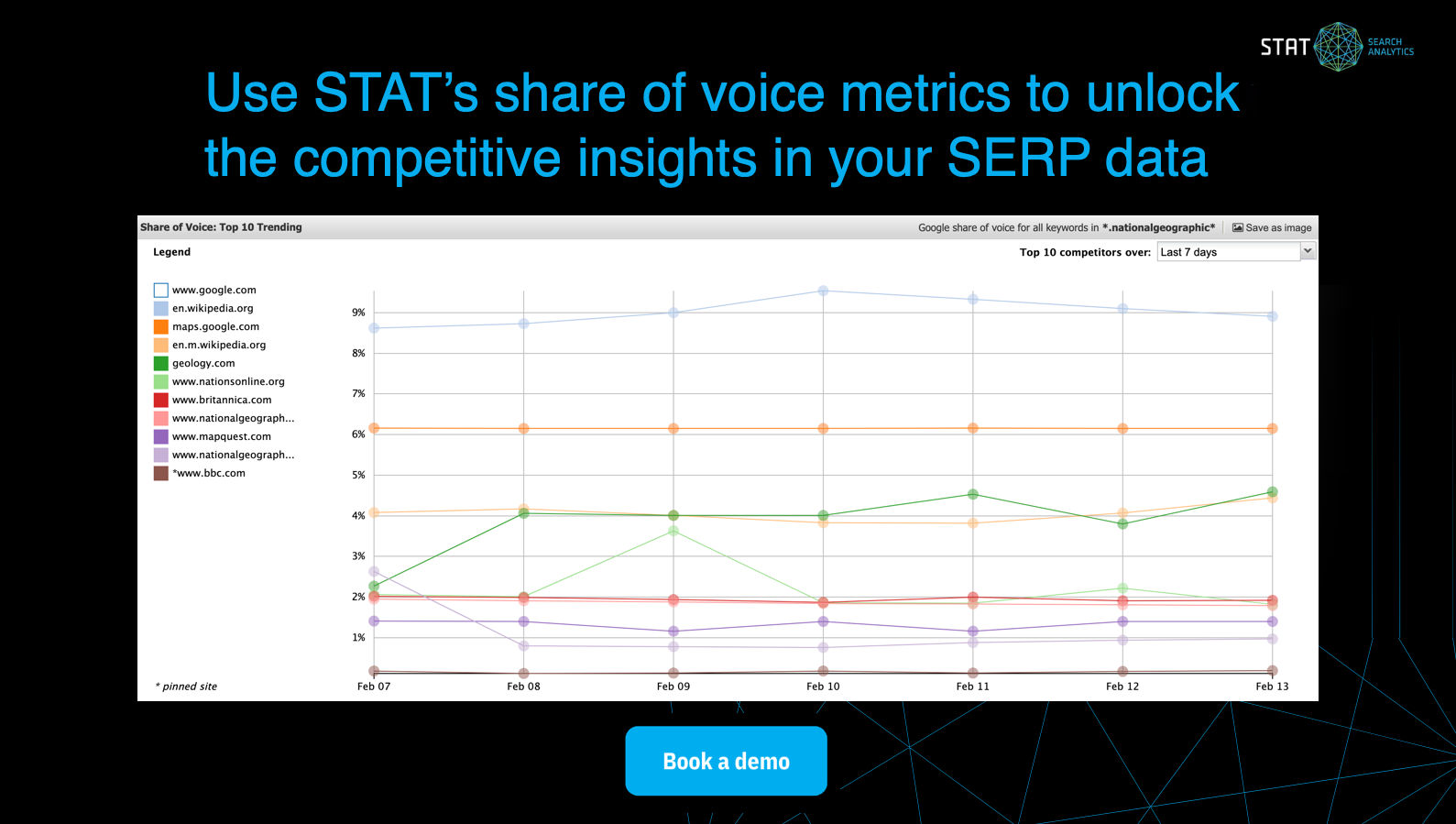
This post has been updated from its original publication on August 11, 2016.
